Sharing the vision
Often we see that development begins with someone on the business side of the house sharing a “Product XYZ Strategic Win Charware” presentation with the developers. This presentation is meant to convey the reason for building the product, including statements that are supposed to get folks fired up to begin developing the product. However, many times we find these presentations one-way, often boring the audience with proposed solutions full of buzz-words like
“this product unleashes out-of-the-box related interoperability”
“we will evolve real-time functionalities”,
“the application will seize end-to-end programs”
…
and by the time the presentation is over the eyeballs are all glazed over.
We assert that the people best suited to pitch the vision are the people who are making the product. And the Product Owner is at the heart of this, on the “pitcher’s mound” so to speak.
There’s almost a corollary here: if the team can’t pitch the vision, they might not understand why they are building what they are building. And there’s an opportunity here too: if everyone on the team can pitch the vision well, meaning they’ve succeeded in emotionally connecting with the audience, then there’s a chance that the proposed solution solves a real problem, and this problem is solving that real customer need because we’ve allowed it to be critiqued and challenged by the team doing the building. And if the team owns the vision, is allowed to critique and improve the vision, they stand a chance to feel a compelling purpose toward building a great product.

